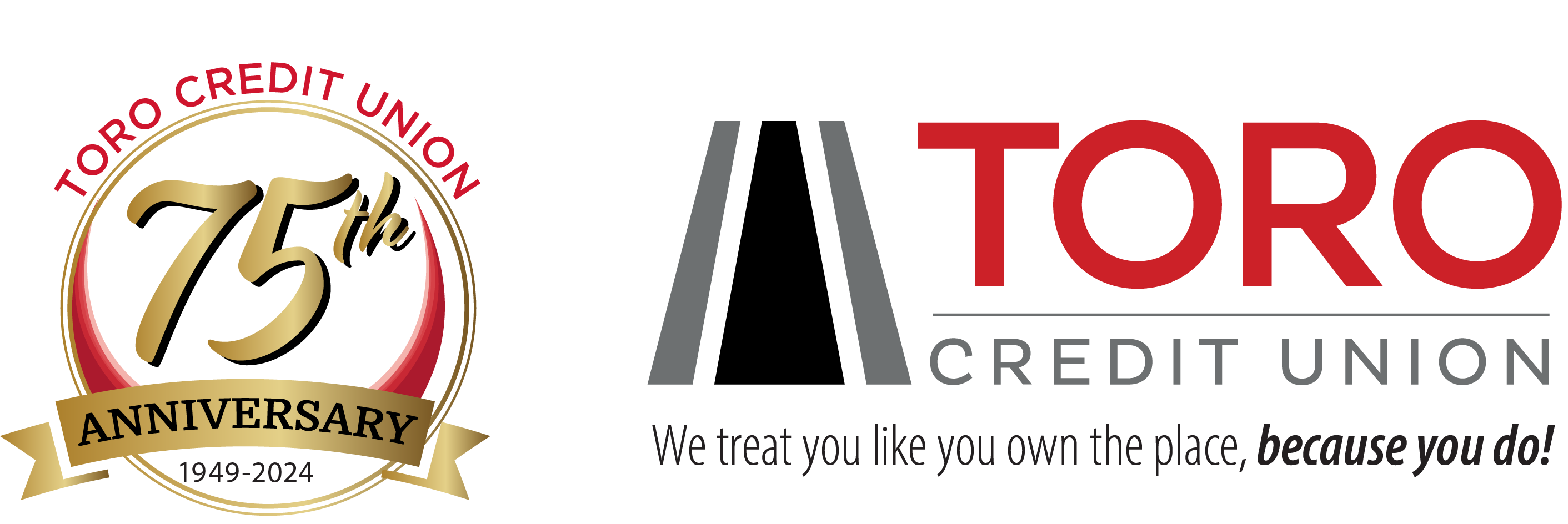What To Do When You Shop
Each online marketplace will have its own way to display items, process payments, or manage other parts of your shopping experience. Before you buy from a seller listed on a particular marketplace, search online to learn more about the site, seller, and any items you’re considering. When you’re ready to buy, use a safer payment method like credit cards, which have legal protections.
Check out the marketplace site
- Search online for the site’s name, with the word “complaint” or “review,” to see what other people say about their experiences.
- If you have to sign up for an account before you’re allowed to buy from the site, find out how the site will protect and use your information.
- Make sure the pages where you register, sign in, and pay are secure. Look for https at the beginning of the URL. The “s” means the site is encrypted — but it doesn’t mean it’s a legitimate site. Scammers know how to encrypt sites, too.
Check out the individual seller
- Check the seller’s ratings and read comments from recent buyers. Check several sources and consider where a review is posted, who wrote the review, and the reviewer’s history. And don’t rely on star ratings alone, because some reviews and ratings are fake or misleading. Fake reviews can be positive or negative. Some dishonest competitors place negative reviews. It’s not always clear that a reviewer got something, like a free product, in exchange for writing a review. Some websites will place a label or badge next to the review when they know that the reviewer got an incentive — but not all sites do that.
- Be sure the seller’s listing includes contact information. If you have questions about an item, contact the seller. If you aren’t satisfied with the seller’s answer, choose a different seller.
- Review the seller’s terms and conditions, shipping fees, and return policies. If you have questions for the seller, get the answers in writing and keep copies of your messages.
Check out the item
Look closely at the photos the seller posts. Are there several photos so you can see the entire item or just stock photos? If you don’t see pictures of the actual item, you can’t check its condition or be sure the seller really has it.
- Read the seller’s description of the item. If a seller says something is “refurbished,” “vintage,” “used,” “as is,” or “close-out,” it probably isn’t in top condition.
- If a seller lists an expensive item for a very low price, it might be fake.
Use safer payment methods
Buy from a seller or site that accepts safer payment methods like credit cards, which have legal protections if something goes wrong with the transaction or delivery, or a secure online payment system that protects buyers in case there is a problem.
- Scammers often ask you to pay in ways that make it tough to get your money back.
- Don’t pay with wire transfers through companies like MoneyGram or Western Union.
- Don’t pay using gift cards like iTunes or Google Play, cash reload cards like MoneyPak, or cryptocurrency. Paying with these methods is like sending cash — once it’s gone, you generally can’t get it back. Find out what to do if you think you sent money to a scammer.
- Don’t buy from anyone who wants you to pay outside the marketplace’s payment system. If you do, you’ll lose any protection the site offers and you probably won’t get the item or a refund.
Check deadlines
Keep track of any deadlines for sending returns, asking for refunds, or asking for help from the site.
- Keep copies of any emails or messages between you, the seller, and the site.
Buying From an Online Marketplace



